Want to watch TV outside? Here's everything: weatherproof models, smart placement, safe wiring, and protection tips. Turn your patio into the ultimate outdoor entertainment spot.
Lots of folks are putting TVs outside these days. It makes sense - you can watch the game while grilling or have a movie night on the patio.
But outdoor TV setups come with real challenges. Rain and sun will wreck a regular TV. You need safe power hookups and ways to hide ugly cables. Plus, you have to worry about someone stealing it.
The good news is, it's totally doable when you know what you're doing. We'll show you which TVs survive outdoors, how to install them properly, and ways to protect your investment for years to come.
Choose an Outdoor Rated TV
Regular TVs won't survive outside. You need one built for the elements, or you'll be buying a new TV every few months.
Determine Your Sun Exposure
Outdoor TVs are built tough to handle the weather. That's why they cost more than indoor models. They use special parts that won't break down in heat, cold, or moisture.
These TVs come in three types based on where you'll put them. Full-shade models work under covered patios. Partial-sun TVs handle some direct sunlight during the day. Full-sun versions can sit right in the open without any cover.
IP Ratings
Look for something called an IP rating when shopping. This tells you how well the TV keeps out dust and water. Think of it like a waterproof rating for electronics.
A good outdoor TV has at least an IP55 rating. This means it can handle rain, snow, and dust storms. Some go up to IP65 or higher for extreme weather protection.
Brightness (Nits)
Outdoor TVs need to be way brighter than indoor ones. Brightness is measured in "nits." Your indoor TV probably has 250 to 400 nits. That's fine for your living room, but useless outside.
Sunlight will wash out that picture completely. Outdoor TVs start at 700 nits for shaded areas. Partial-sun models hit 1,000 to 1,500 nits. Full-sun TVs blast out 2,000 nits or more.
The brighter the TV, the better you'll see it during the day. But brighter also means more expensive. Match brightness to your setup.
Screen Type
Most outdoor TVs use anti-glare screens. These cut down reflections from the sun. Some have matte finishes that work like sunglasses for your TV.
Look for LED technology outside. Avoid glossy screens outside. They turn into mirrors in daylight. You won't see anything.
Build Quality and Durability
Outdoor TVs have metal backs instead of plastic. They use weatherproof seals around every connection. The internal parts can handle temperature swings from freezing winters to blazing summers.
Some brands warranty their outdoor TVs for years. Indoor TVs outside might last a few months if you're lucky. Check the warranty before buying.

Selecting the Perfect Location
Pick the right location and you'll enjoy clear pictures for years, but choose poorly and you'll fight glare while your TV dies early.
Protection from the Elements
The best place for any outdoor TV is in the shade. Period. When your TV doesn't fight the sun, you get a clearer, brighter picture every time.
- Full-shade spots work best: Try screened porches, covered patios, or inside a garage facing out. These completely protect from the sun, rain, and wind. Your TV stays cool and dry year-round. Equipment lasts years longer in these protected spots compared to exposed locations.
- Partial-sun needs planning: Open porches, pergolas, and retractable awnings give overhead protection but leave sides exposed. Morning or evening sun might hit the screen directly. You'll need a brighter TV to combat ambient light. Remember to extend awnings before watching since TVs face the weather when retracted.
- Full-sun is toughest: Open patios, poolside spots, and exterior walls get blasted by direct sun all day. Zero protection from rain, wind, or temperature swings, too. These harsh locations demand specialized ultra-bright TVs built specifically for extreme conditions. Regular outdoor TVs won't survive here long.
Minimize Sunlight and Glare
Smart positioning reduces glare when shade isn't available. Face your TV north in the Northern Hemisphere. This keeps the sun behind your screen most of the day. The picture stays visible even in bright conditions.
Southern Hemisphere residents should face TVs south instead. The same principle applies below the equator.
Never face your TV toward the equator. In the US, that means avoiding south-facing installations. The sun will blast your screen all day long, making viewing impossible.
Consider Viewing Experience
- Keep away from water: Stay well clear of pools, hot tubs, and sprinkler paths. Even waterproof TVs last longer when kept dry. Chlorinated water and constant moisture damage electronics faster than regular rain. Check splash zones during pool parties, too.
- Avoid heat sources: Grills, fire pits, and patio heaters destroy TVs with intense radiant heat. Keep plenty of distance for safety. Heat cooks internal components faster than any weather damage. Mount to the side of fireplaces, never directly above where heat and smoke rise.
- Get the height right: Mount your TV at eye level when seated in your main viewing spot. Most people mount too high, causing neck strain. Measure from your seated eye position to find the sweet spot. The center of the screen should align with your natural sight line.
Mounting Your TV Outside: Wall-Mount vs. TV Stand
The wrong mounting choice can ruin your outdoor TV experience before you even turn it on. Wall mounts and TV stands each solve different problems, and picking the right one depends on your specific setup and needs.
Wall-Mounting Outdoor TV
Pros
- Space-Saving: Your floor stays completely clear when the TV hangs on the wall.
- Clean Aesthetic: Wall-mounted TVs give you that sleek, built-in look just like inside your home. Hide cables in the wall or run them through outdoor conduits for a super clean setup.
- Security: A TV properly bolted to brick, concrete, or solid studs isn't going anywhere. Thieves can't just grab it.
- Fixed Viewing Angle: Point the TV at your main seating area, and it stays there. Basic tilting mounts work great, or spring for a full-motion mount if you need more flexibility.
- Protection: The wall behind your TV blocks wind and rain from that direction.
- No Trip Hazard: No legs or base means less chance of accidental bumps or trips.

Cons
- Permanent Installation: Wall mounts are pretty much forever. Want to move the TV later? Get ready for a whole reinstallation project.
- Installation Difficulty: Mounting to exterior walls, especially brick or concrete, needs special tools like hammer drills. It's usually a two-person job, or worth hiring a pro.
- Requires a Suitable Wall: You need a solid wall that can handle the TV's weight. Not every outdoor wall is up to the task.
- Potential for Glare: Pick the wrong spot, and sun glare becomes a daily problem. Since you can't move the TV, you're stuck with it.
- Cable Routing: Getting weatherproof power and signal cables through exterior walls takes real planning. One mistake and water gets in.
Outdoor TV Stand
Pros
- Flexibility: Roll your TV wherever you need it - pool area today, near the grill tomorrow. Stands with wheels make this super easy.
- Easier Installation: Most stands go together in minutes with basic tools. No drilling, no stress, no special skills needed.
- No Wall Requirements: Just need a flat, stable surface. Your deck, patio, or any level ground works fine.
- Adjustability: Change the height, tilt, or swivel angle anytime. Find the perfect position to avoid glare or accommodate different seating setups.
- Built-in Storage: Many stands come with shelves for your streaming devices and cable management systems to keep wires tidy.
- Temporary Use: Perfect for bringing the TV out just for game day or summer months. Store it all away when you don't need it.

Cons
- Less Secure: Stands are easier to steal and more likely to tip in strong winds. Even models with locks and anchor points aren't as secure as wall mounts.
- Takes Up Floor Space: That base needs room, eating up valuable patio space you could use for other things.
- Potential for Tipping: Not as stable as wall mounts, especially on uneven ground. Wind becomes a real concern with lighter stands.
- Weather Exposure: Without a wall for protection, your TV faces rain and sun from all angles. You'll need good overhead cover to compensate.
- Aesthetics: Even nice stands look more temporary than permanent. They won't give you that custom, integrated appearance of a wall mount.
Related Reading: TV Stand vs Wall Mount
Manage Power and Cables Safely
Running power and cables outdoors takes extra care. Weather, moisture, and UV rays can destroy regular indoor cables and create dangerous situations that could damage your TV or cause electrical hazards.
Use Outdoor-Rated Cables
Any cable that goes outside needs an outdoor rating. This includes power cords, HDMI cables, and ethernet cables you might use.
Outdoor cables have special UV-protective jackets that resist sun damage. Without this protection, regular cables turn brittle and crack within just a few months of sun exposure.
Plan Cable Routes
Don't let cables hang loose or lie on the ground where they're vulnerable. Run them through weatherproof conduits or dedicated cable covers designed for outdoor use instead.
This protects your cables from physical damage when people walk by or mow the lawn. It also keeps moisture out and prevents sun damage while making your whole setup look clean and professional.
Create Drip Loops
Water loves to follow cables right into your expensive TV connections. Stop this problem with a simple trick called a drip loop.
Make a small downward loop in each cable just before it enters your TV, outlet, or connection box. Water hits the lowest point of the loop and drips off harmlessly instead of flowing into your electronics.
Install Weatherproof Outlets
Regular outlets kill TVs outdoors. You need GFCI outlets with weatherproof covers to stay safe and protect your investment.
GFCI stands for Ground Fault Circuit Interrupter. These special outlets shut off power instantly if they detect any electrical problems, preventing dangerous shocks. Get a licensed electrician to install one with an in-use cover that stays closed even with cords plugged in.
Add Surge Protection
Outdoor TVs face more electrical risks than indoor ones. Lightning strikes and power surges happen more often outside, so you need an outdoor-rated surge protector.
Look for surge protectors built for outdoor use with weatherproof housings. Mount them in a protected spot near your outlet to guard your TV and connect devices from voltage spikes.
Check Circuit Capacity
Your outdoor outlet needs enough power for everything you're plugging in. A typical TV uses moderate power, but soundbars, streaming devices, and other gear add up fast.
Have an electrician verify that your circuit can handle the total load. Most outdoor circuits have plenty of capacity unless you're adding heaters or other high-draw equipment.
Ensure Proper Grounding
Grounding protects you from electrical shock and your equipment from damage. All outdoor electrical installations need proper grounding to meet safety codes.
Your electrician should connect the ground wire from your outlet to a grounding rod or your home's main electrical ground. Never skip or disconnect grounding wires.
Use Extension Cords Carefully
Sometimes you need a temporary extension cord for testing or special events. Always use cords rated for outdoor use with the right wire gauge for your TV's power needs.
Keep extension cords off the ground and out of water. Remember, they're temporary solutions only – permanent installations need proper wiring to stay safe and meet electrical codes.
Consider Underground Cable Burial
Running cables across your yard to a gazebo or pool house? Bury them for safety and appearance. Direct-burial cables go straight into the ground at the proper depth.
Most areas require buried cables deep enough to avoid damage from lawn care or digging. Use PVC conduit for extra protection and easier cable replacement later. Always call your local utility marking service before digging to avoid hitting utilities.
Place Junction Boxes Properly
Junction boxes let you safely connect cables and change direction in your cable runs. Use weatherproof junction boxes rated for outdoor use with gasket seals.
Mount boxes under eaves or other protected areas when possible. Keep them accessible for future maintenance, but high enough to avoid standing water during storms.
Use Wireless Options
Long cable runs from your house to the TV create problems. Standard HDMI cables start losing signal quality after about fifty feet, causing picture issues.
- Wireless HDMI extenders send video signals through the air from your indoor cable box or streaming device to the outdoor TV. This eliminates the need to run cables through walls or across your yard.
- HDMI over ethernet adapters (called baluns) offer another solution. They convert HDMI signals to run over sturdy CAT6 network cables that work reliably over much longer distances than regular HDMI.
- Smart TV features might be your simplest option. Just use the TV's built-in Wi-Fi to stream everything directly. You'll need strong outdoor Wi-Fi coverage, but you won't need any video cables from the house at all.
Protect the TV
Your outdoor TV faces threats that indoor TVs never see. Sun, rain, dust, and even thieves can damage or steal your investment without proper protection.
Use Outdoor TV Covers
Weather-resistant fabric covers offer simple protection at a low cost. These covers use water-resistant polyester fabric that fits over your TV like a fitted sheet.
They work best for TVs under covered patios, deep roof overhangs, or pergolas. The covers block dust, pollen, direct sunlight, and light rain that blows sideways under your roof.
Remember, these covers are water-resistant, not waterproof. They'll handle morning dew and quick showers, but won't protect against heavy storms or wind-driven rain that soaks through fabric.
Use Outdoor TV Enclosures
Hard-shell TV enclosures give maximum protection for any outdoor location. These rigid cases use tough materials like metal, plastic, or fiberglass to completely seal your TV from all weather conditions.
Quality enclosures lock securely and protect against rain, snow, dust, and physical impact. Advanced models include anti-glare front panels, so you can watch without squinting in bright sunlight. They also have built-in cooling fans that turn on automatically when your TV gets too hot during summer days.

Theft-Proofing
An outdoor TV makes an easy target for thieves looking for quick cash. You need to secure it just like any valuable outdoor equipment or furniture.
Many outdoor TV mounts and enclosures include built-in locks as a first defense. Add anti-theft security kits with heavy-duty aircraft steel cables that physically attach your TV to the mount for extra protection.
Replace regular mounting screws with tamper-proof screws that need special security bits to remove. Motion-activated lights and visible security cameras near your TV area also discourage theft attempts before they happen.
Regular Cleaning and Inspection
Keep your TV clean with a soft, dry microfiber cloth every few weeks. Remove dust, pollen, bird droppings, and dirt that build up on the screen and case over time.
Check that the air vents on enclosures stay clear of leaves, spider webs, and debris. Your TV needs proper airflow to stay cool and prevent overheating damage. Look at cable connections monthly to catch any looseness, corrosion, or water damage early.
While outdoor TVs handle weather year-round, always check your owner's manual for specific care instructions. If you're using a regular indoor TV with protective covers, consider storing it inside during harsh winter months or extreme weather seasons.
Wrapping Up
Setting up an outdoor TV isn't hard when you know the basics. Choose the right TV for your space, mount it securely, run weatherproof power, and protect it from rain and theft.
Take it step by step, and soon you'll wonder why you waited so long. When you need help, hire professionals for electrical work and mounting.
Once it's up, you'll love watching the game while grilling burgers or catching a movie under the stars. Your backyard just became the neighborhood's favorite hangout spot.
So go ahead and make it happen. Summer's too short to watch TV inside.
Read More:

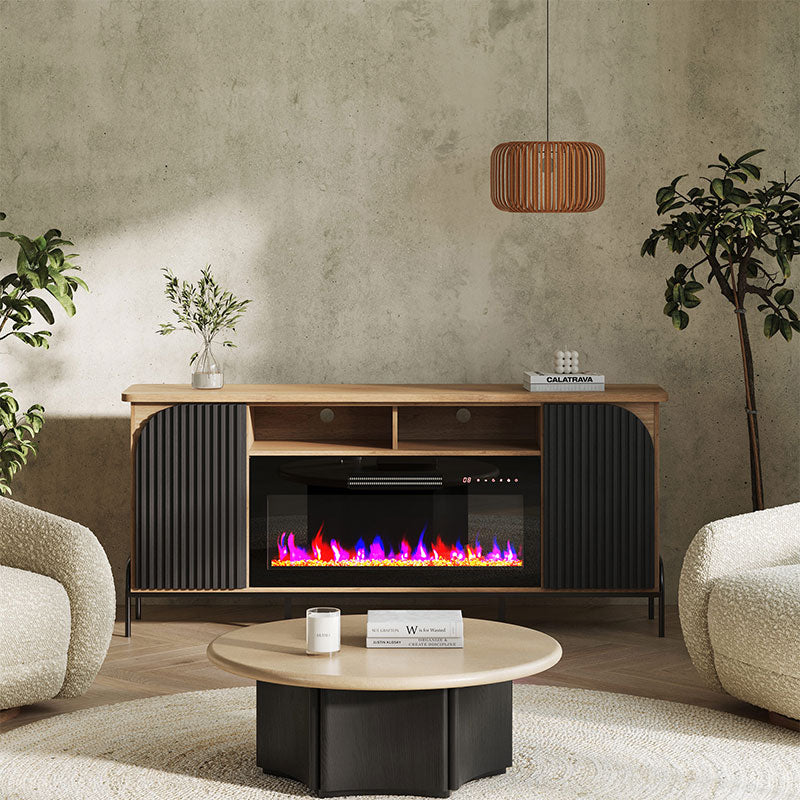



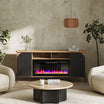

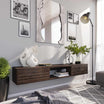


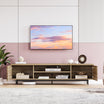

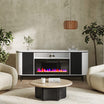
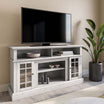
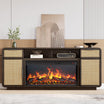
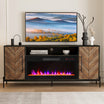

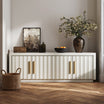
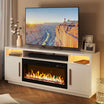
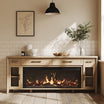

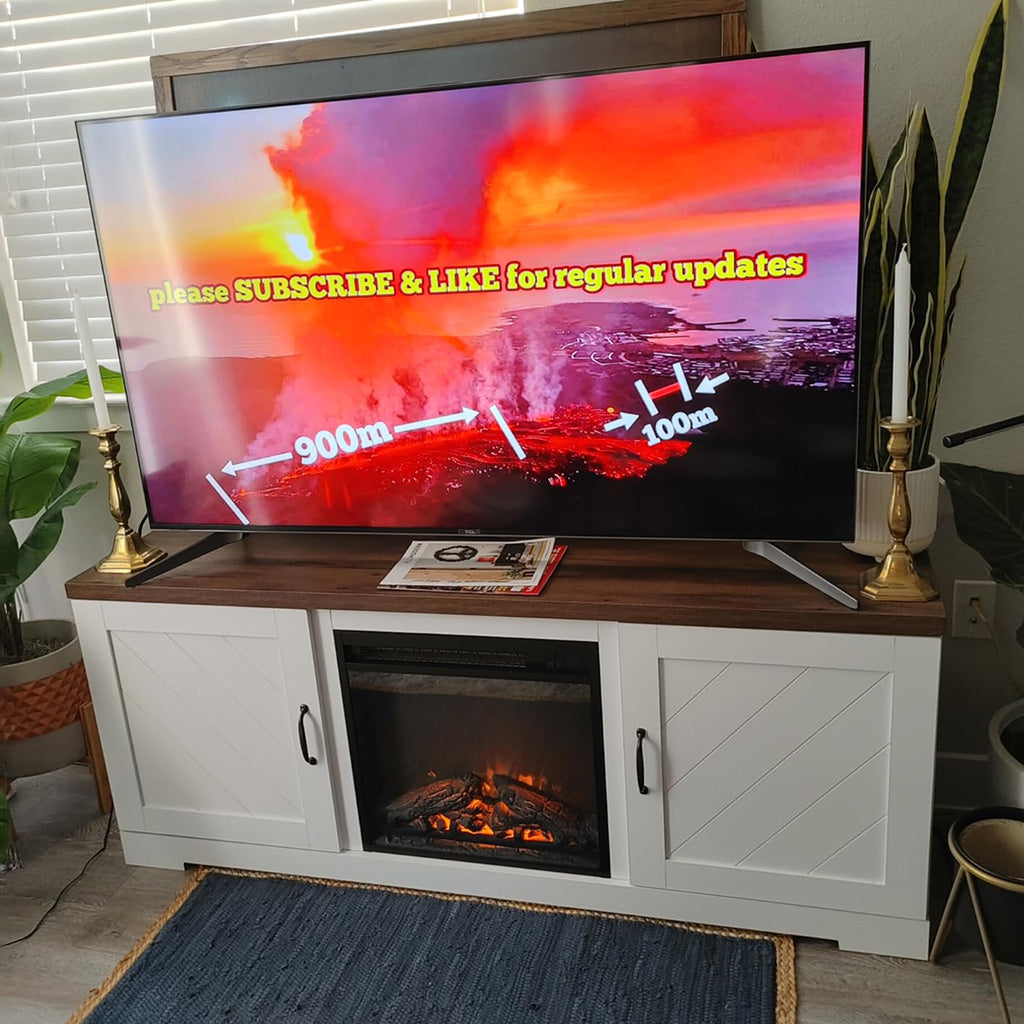

Leave a comment
This site is protected by hCaptcha and the hCaptcha Privacy Policy and Terms of Service apply.